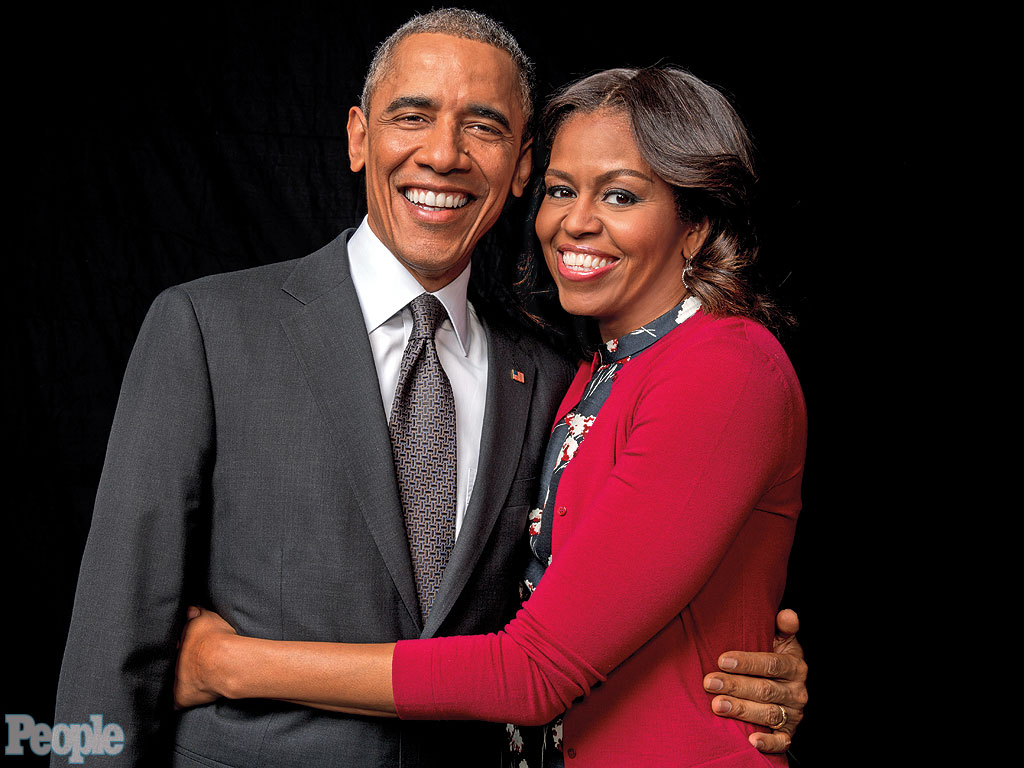Anomaly dir. by Jessica Chen Drammeh (review)
African Studies Review
Volume 57, Number 3, December 2014
pages 274-275
Manouchka Kelly Labouba, USC Provost’s PhD Fellow
Critical Studies School of Cinematic Arts
University of Southern California
Anomaly is a personal documentary featuring mixed-raced people who discuss the complexities and challenges of defining their identity across the different races and cultures they belong to. They talk about the limitations and prejudices of the mainstream approach to race, which makes individuals like them feel like misfits. The director, Jessica Chen Drammeh, is a biracial Asian-Caucasian woman. She introduces herself as “unidentified,” and calls herself an “anomaly,” because she is “difficult to classify,” as she does not fit into any of the six ethnic and racial categories officially recognized in the U.S. Hence, Drammeh and her participants explain how they have learned to deal with people’s preconceptions, reticence, and narrow-mindedness about their racial mixture. They explain how being of mixed-raced heritage ultimately renders them both invisible and hypervisible. They are invisible because their multiracial background tends to be unacknowledged, as they feel socially compelled to identify with one race only. Yet they are also hypervisible because their distinctness is so apparent. Eventually all of Drammeh’s subjects share how they have come to terms with their multiracial identity and developed a sense of pride about their genetic makeup, which they consider makes them culturally rich.
Although the documentary does not specifically focus on multiracial Americans of African descent, the film does feature one biracial Congolese-American, a young man named Pete [Shungu]. He is a saxophonist who plays jazzy melodies with a big uncombed Afro hairstyle. His parents separated when he was ten, and he grew up in New Jersey with his Caucasian mother. She appears in the film and talks about how she would dress up in a Congolese outfit, put a baby doll on her back, and come to Pete’s class to talk about the Congo and its customs. Pete was proud of her and loved that none of his friends had a problem with his white mother dressing in African clothes. His mother explains how she felt that it was important for her to understand the culture of Pete’s father, as well as for Pete and his brother to understand their own culture. In a poem titled “Third-Eye Identity,” Pete describes how being multiracial has helped him become more open-minded. He explains how “his roots extend far beyond the places he lived in,” making him a “complex individual, not just a category.” Yet because of the way race is perceived in society, denying his blackness and identifying only as multiracial would be unrealistic. Only in his senior year in college, having enrolled in a course on the subject of mixed-race heritage, is he finally comfortable identifying himself as multiracial.
In the 2010 U.S. Census more than 9 million Americans identified themselves as multiracial, making them one of the fastest-growing demographic groups in the country. Thus Drammeh’s documentary is a valuable contribution in what should be a national effort to perceive and acknowledge this segment of the population, as well as understand what these individuals experience as minorities. Many movies have thematized the moral barriers and societal challenges faced by interracial couples in America, such as Guess Who’s Coming to Dinner (dir. Stanley Kramer, 1967), Jungle Fever (dir. Spike Lee, 1991), Mississippi Masala (dir. Mira Nair, 1991), and the documentary The Loving Story (dir. Nancy Buirski, 2011), about Richard and Mildred Loving, whose Supreme Court ruling in 1967 put an end to antimiscegenation laws. However, few films have focused on how the offspring of such relationships are integrated in U.S. society. Though Drammeh’s documentary does not try to fill that void on its own, it does give an insight into what many have called “the changing face” of America.
However, Drammeh’s work unfortunately does not tackle its subject matter in the most effective manner. The film resembles more a student project on this assigned theme, rather than a documentary targeted at a broad audience. As a filmmaker, she chooses to intertwine extensive personal interviews with poems and songs by the participants, on the one hand, and with a few contributions by scholars, on the other. By doing so, she makes her movie slightly too personal and informal, which eventually diminishes…


